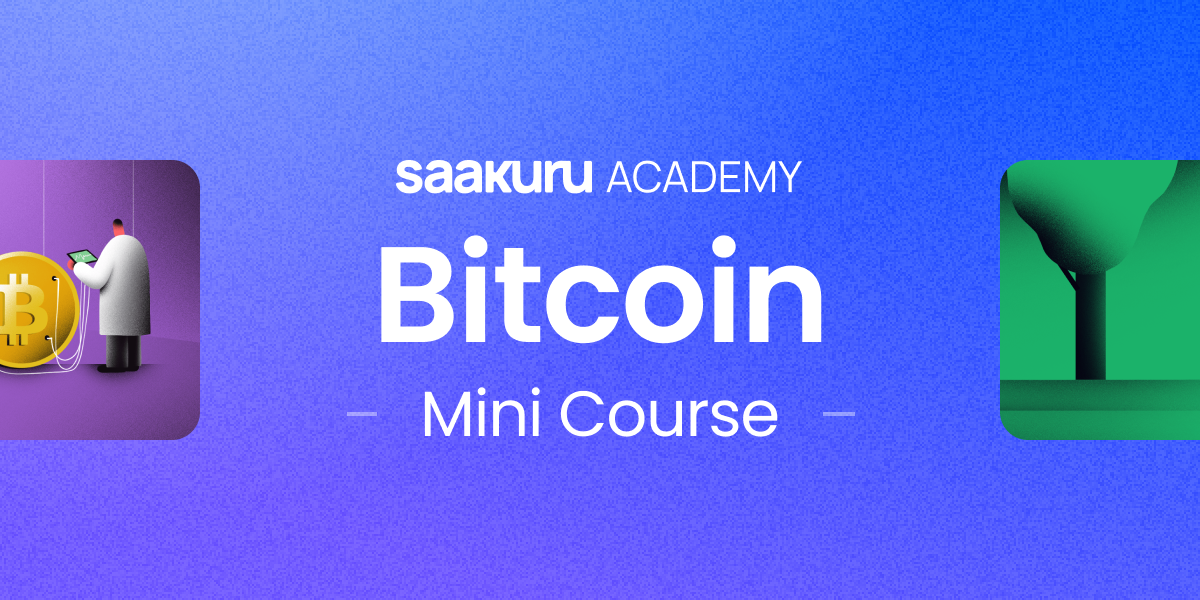
What is Web3?
Web3, or Web 3.0 as it is sometimes written, is the newest evolution of the World Wide Web that is centered around concepts like decentralization, blockchains, and cryptocurrencies. It aims to eliminate monopolization by large technology companies, which is seen as one of the biggest problems with the internet as we know it.
You’ve likely heard of web3 if you’ve already spent some time learning about cryptocurrencies, NFTs and the Metaverse. But what exactly does it mean, how does it differ from earlier iterations of the web, and why is it important? Let’s find out.
What are the differences between Web1, Web2, and Web3?
Web1 is the earliest era of the World Wide Web. It first launched in 1991 and remained in use until the early 2000s, and it mostly consisted of somewhat primitive, “read-only” webpages that were focused on content delivery, or providing information. These pages were often static and served from a file system, and they couldn’t do a great deal.
Then came the Web2 era around 2004. It is still very much in use today and allows for more advanced “read-write” websites that are built around user-created content and usability. This gave birth to online communities, social networks, photo and video-sharing platforms, applications, and much more. Web2 is much more dynamic, but it has its own problems.
Web2 has not only been monopolized by some of the world’s biggest companies, each of which has its own way of doing things, but it has its fair share of security weaknesses. How many times have you read about a breach of just one company that has led to the details of millions of people being leaked online? It happens way too regularly.
We’re now at the beginning of the “read-write-own” Web3 era, which aims to solve these problems — and others — by providing increased data security and privacy protections through decentralization, greater scalability, and better utility for cryptocurrencies and NFTs. It is also designed to be even more immersive than its predecessor.
You might be interested in: What is an NFT?
How does Web3 work?
The concept of Web3 was first posed by Ethereum co-founder Gavin Wood in 2014 — shortly after Ethereum made its official debut. Wood noted at the time that Web2 required too much trust in the companies behind it, much like traditional financial systems. And, in much the same way cryptocurrency is changing finance by negating the need for trust, Wood believes today’s technologies can do the same to make the Web better.
These are the four core concepts behind web3:
- Decentralization
Just like cryptocurrencies, Web3 is entirely decentralized. Instead of relying on servers owned by large, centralized organizations, it instead relies on blockchains and distributed databases that no single entity — or small group of entities — has control of. A blockchain is shared among a large number of computers, and cannot be tampered with in any way.
- Trustless
There is no need for trust in Web3. Thanks to decentralization and incentives for those who help power its blockchains, users do not have to depend on large companies to be responsible with their data and their money.
- Permissionless
Web3 is open to everyone, and we all have equal access. It doesn’t matter where you live; you can access the same Web3 content as everyone else.
- Native payments
Web3 does not rely on the outdated and unreliable financial systems we use today when it comes to payments. Instead, it uses cryptocurrency for both spending and sending money, which brings a number of benefits, including greater security, faster and more affordable payments (particularly internationally), and better accessibility.
What is Web3 in cryptocurrency?
As we mentioned above, Web3 and cryptocurrencies go hand in hand. The next generation of the internet is designed to make cryptocurrency the primary form of payment for almost everything, and many of the cryptocurrencies in use today may well play a big role in Web3. However, there are also new cryptocurrencies that will be hugely important.
Web3 cryptocurrencies are a new generation of cryptocurrency-focused solely on enabling Web3 itself. They contribute to a decentralized internet by providing a method of payment for things like bandwidth, storage, computational power, and hosting services. They are designed to be more scalable than traditional cryptocurrencies to cope with greater demand, which will be necessary as Web3 evolves and attracts more and more users.
Some of the Web3 cryptocurrency projects already available include:
Not all Metaverse variations are created equal, so whether or not a Metaverse is related to Web3 depends entirely on how the Metaverse operates.
For instance, the virtual world technologies owned and developed by Facebook parent company Meta remain under Meta’s ownership and are therefore centralized. They also rely on conventional currencies for payment. That means that they don’t fall under the umbrella of Web3, which boasts decentralization and cryptocurrency as two of its core principles. The same could be said for the likes of Fortnite and Roblox.
However, when we’re talking about decentralized Metaverse variations that primarily use cryptocurrencies for payment, like Decentraland and The Sandbox, they are very much related to Web3.
You might be interested in: What is the Metaverse?
References
- https://en.wikipedia.org/wiki/Web3
- https://ethereum.org/en/web3/
- https://www.coindesk.com/learn/what-are-web3-cryptos/
Frequently Asked Questions
When you consider that Web3 incorporates all decentralized applications (DApps), cryptocurrencies, some Metaverses, and many NFT marketplaces, it is clear Web3 is already incredibly popular and well on its way to becoming the next generation of the Web.
You can get a taste of Web3 by using decentralized applications, games, and Metaverses.
Yes, Web3 is completely free to use (providing you have an internet connection), just like Web1 and Web2. However, you may have to pay to use some Web3 services and applications.
Examples of Web3 websites include Decentraland and The Sandbox.
Disclaimer
This article is intended to provide generalized information designed to educate a broad segment of the public; it does not give personalized investment, legal, or other business and professional advice. Before taking any action, you should always consult with your own financial, legal, tax, investment, or other professional for advice on matters that affect you and/or your business.
Get news first
Be the first to get our newsletter full of company, product updates as well as market news.

















